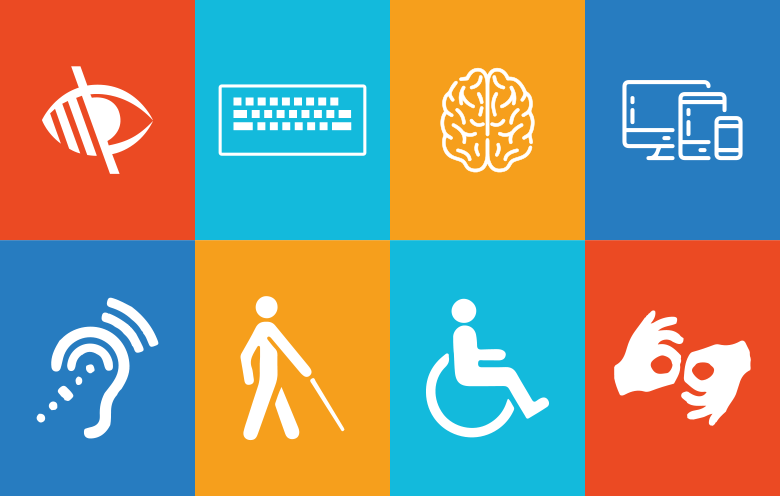Blitz News Digest
Stay updated with the latest trends and insights.
Web Accessibility: Open Doors to Everyone
Unlock the web for all! Discover how accessibility boosts user experience and opens doors to a diverse audience. Read more now!
Understanding Web Accessibility: Key Principles and Best Practices
Web accessibility is a crucial aspect of web design, ensuring that all users, including those with disabilities, can effectively navigate and interact with websites. The key principles of web accessibility are often encapsulated in the acronym POUR: Perceivable, Operable, Understandable, and Robust. These principles guide developers and designers in creating content that is not only usable but also inclusive. To make content perceivable, for example, provide text alternatives for non-text content, such as images and videos, allowing screen readers to convey information to users who are visually impaired.
To implement best practices for web accessibility, consider conducting regular accessibility audits, utilizing tools, and incorporating user feedback. Here are some effective strategies:
- Use semantic HTML to help assistive technologies better interpret page structure.
- Ensure sufficient color contrast between text and backgrounds to aid visually impaired users.
- Include keyboard navigation options for users who cannot use a mouse.
- Provide captions and transcripts for multimedia content to enhance accessibility for deaf or hard-of-hearing users.
By adhering to these principles and best practices, web developers can create a more accessible online experience, fostering an inclusive digital environment.

The Importance of Inclusive Design: How Web Accessibility Benefits Everyone
Inclusive design is a crucial aspect of web development that ensures digital spaces are accessible to all users, regardless of their abilities or disabilities. By implementing web accessibility principles, developers create environments that cater to diverse needs, allowing everyone to engage with content seamlessly. This approach not only fosters equality but also enhances user experience for the majority. For instance, features like text alternatives for images, keyboard navigability, and adjustable color contrasts help users with visual impairments, while also benefiting those in different contexts, such as using a mobile device in bright sunlight.
Moreover, the benefits of web accessibility extend beyond just aiding those with disabilities; they improve the overall usability of websites for everyone. An inclusive design fosters a broader audience reach, leading to increased customer satisfaction and potentially higher conversion rates. Businesses that prioritize inclusive design can connect with a wider demographic, positively impacting their brand image. By recognizing and addressing accessibility challenges, we not only create a more equitable digital landscape but also leverage a competitive advantage in a diverse marketplace.
Common Myths About Web Accessibility: Debunking Misconceptions
Web accessibility is often misunderstood, leading to several common myths that can hinder progress towards creating a more inclusive web experience. One prevalent myth is that accessibility primarily benefits individuals with disabilities, neglecting the fact that it also enhances usability for all users. For example, captions on videos can help those in noisy environments and support non-native speakers in understanding content better. By thinking that only a small percentage of users require these features, many website owners overlook the broader benefits of accessible design.
Another misconception is that implementing web accessibility is an overwhelming and costly endeavor. In reality, there are numerous resources and tools available that make accessibility improvements more manageable than many believe. Simple changes, like using proper headings and text contrast, can greatly enhance accessibility without necessitating a complete site overhaul. Furthermore, by complying with accessibility standards such as WCAG, businesses can expand their reach to a wider audience, ultimately proving that investing in accessibility is not just feasible but also beneficial for growth.